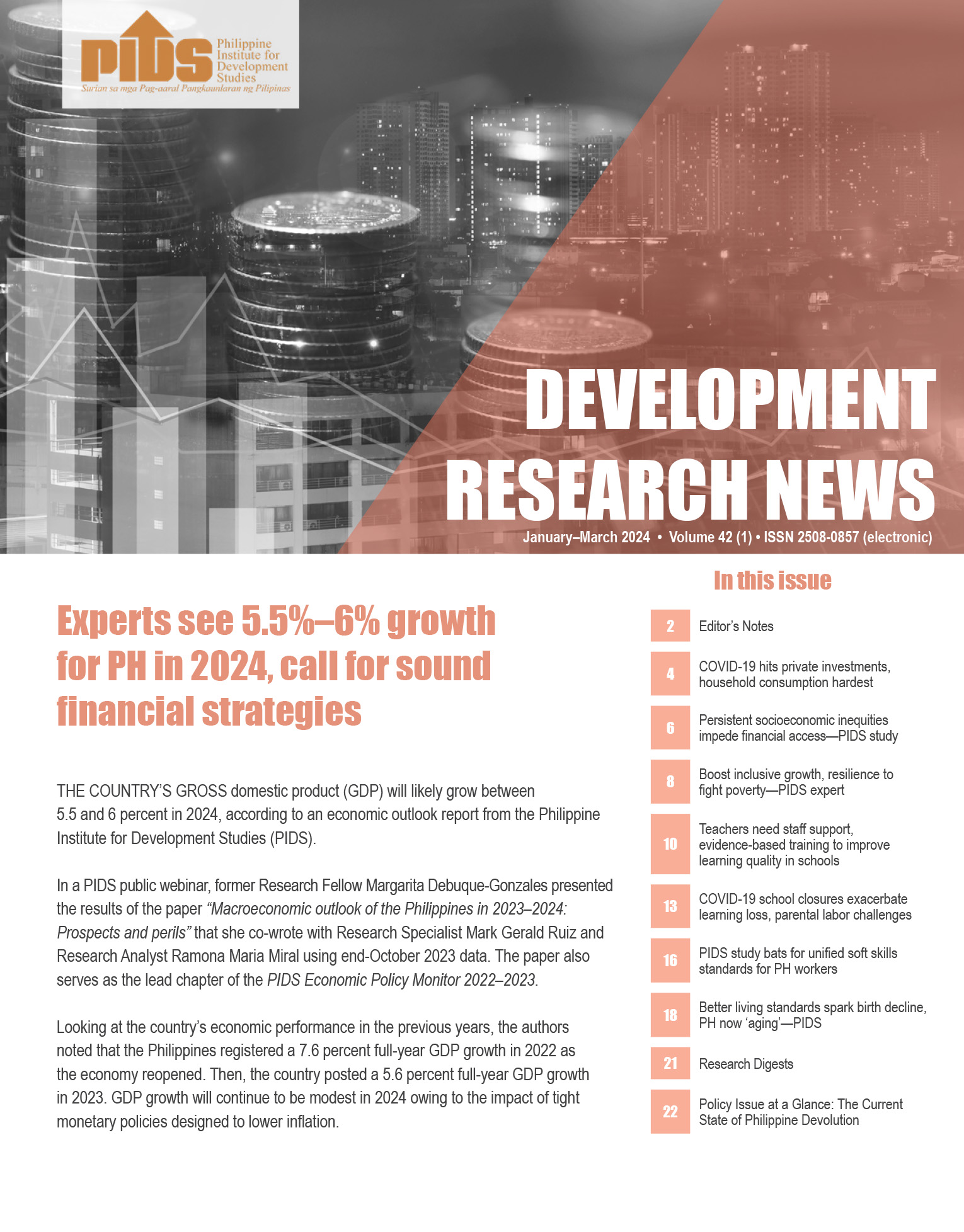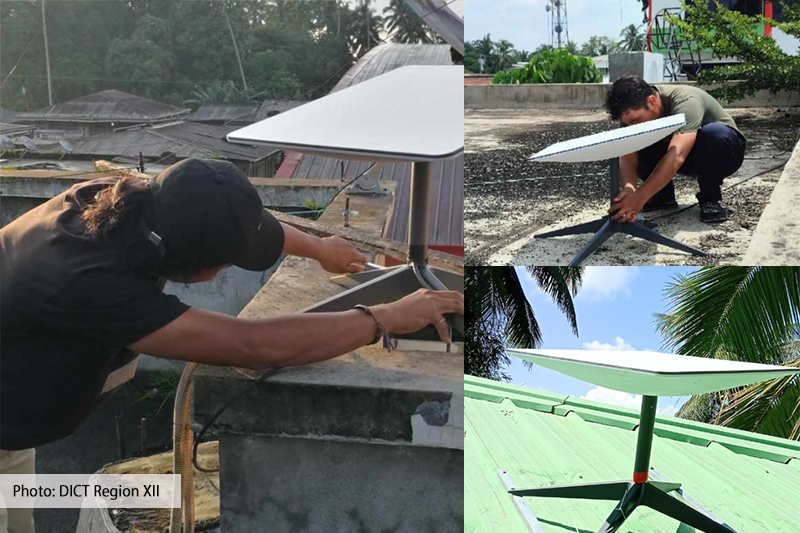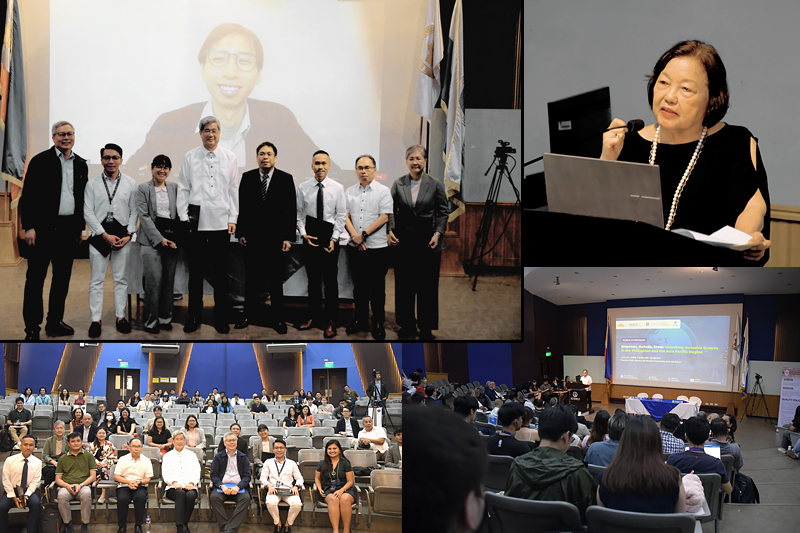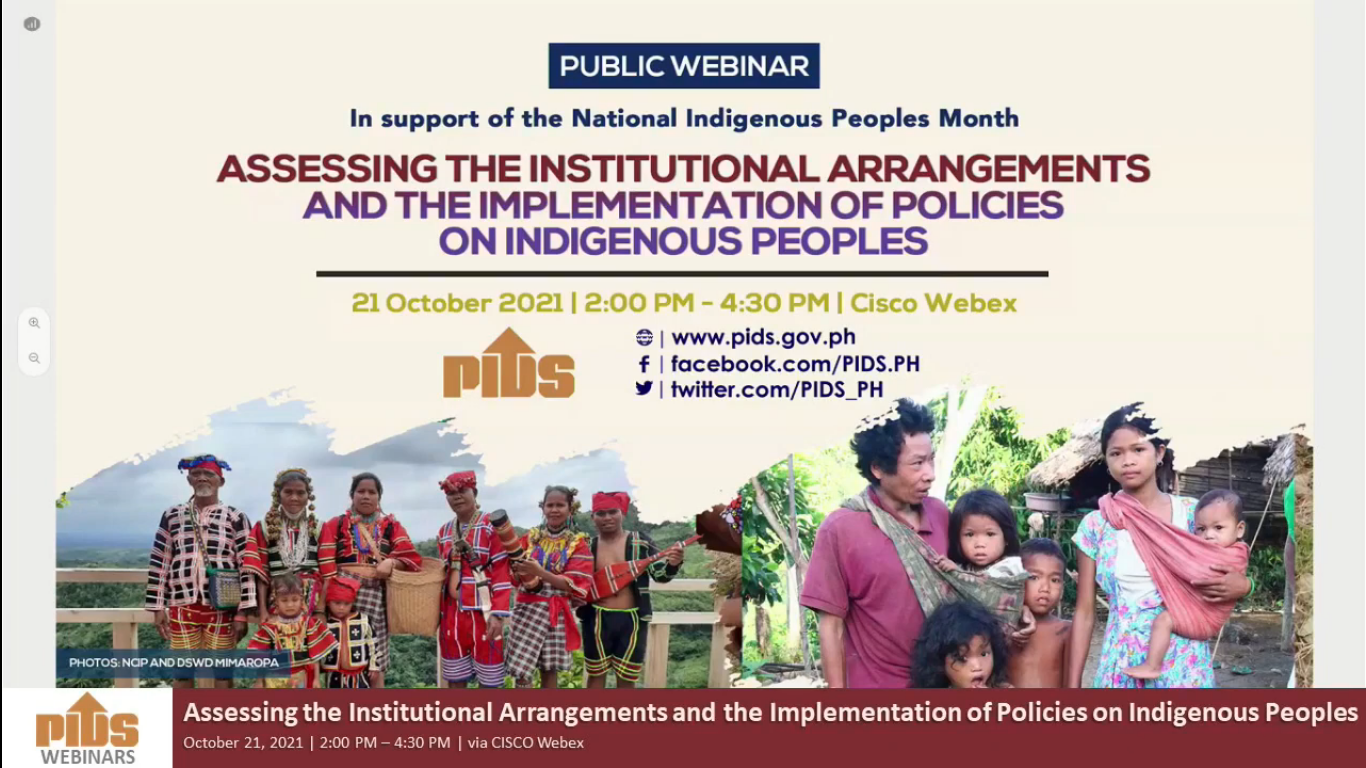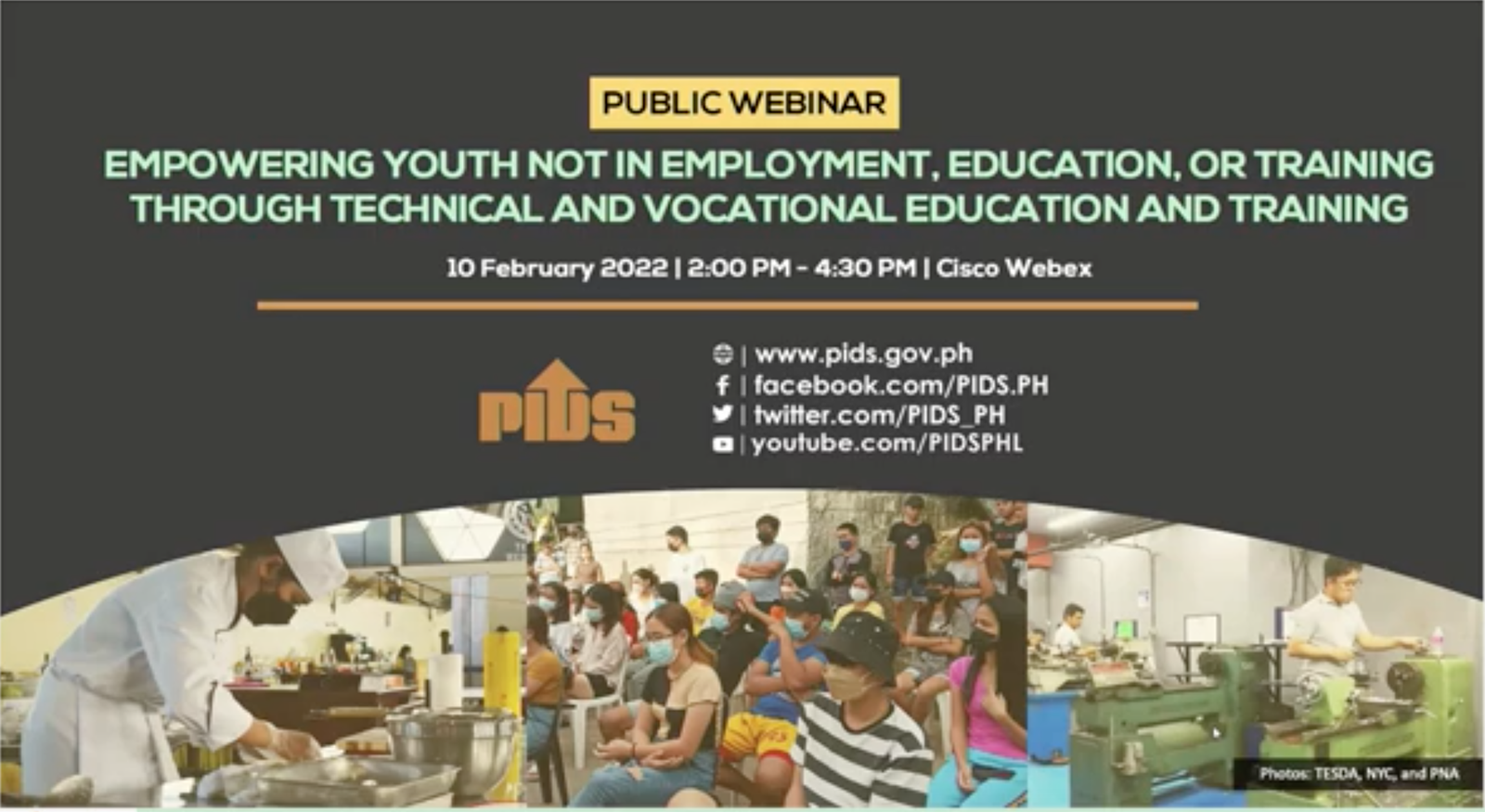APART from implementing interventions for the poor, the government must also provide adequate insurance and social protection for Filipinos, according to a study released by state-owned think tank Philippine Institute for Development Studies (PIDS).
In a study titled "Is poverty really decreasing, and, if not, why not?”, PIDS Senior Research Fellow Jose Ramon Albert and University of Queensland doctoral student Arturo Martinez Jr. said intervention programs are also needed to prevent the nonpoor from sliding back into poverty.
"[The] government should not only be concerned with the poor, but should also have policy instruments to assist those who are nonpoor, but plagued by economic risks. Policymakers need to develop policies for risk management, such as adequate insurance and social-protection coverage,” the authors said.
These social protection strategies will help Filipinos weather income shocks, which happens due to external factors or others that affect a household’s income.
The study stated that almost half of households in the country changed income status from 2003 to 2009. Data show that 51 percent of the households that started in extreme poverty in 2003 moved up, while 77 percent of the households that started nonpoor moved down the income ladder.
Households that experience income mobility, the rise or decline in income, happens in all income classes. But some households in certain income classes experience income mobility faster than others.
The study stated that around 11 percent of all households in the country experienced slow-to-moderate income growth, at most +/- 5 percent per year in both 2003-to-2006 and 2006-to-2009 periods.
Around 31 percent of households experience consistently positive growth rates, and 24 percent of households experience consistently negative growth rates wherein at least one growth rate exceeds 5 percent.
Data show some 14 percent of households experienced highly positive income growth, or better than 5 percent from 2003 to 2006, but registered highly negative income growth, or lower than -5 percent from 2006 to 2009. The authors also said that about 20 percent of households experienced highly negative growth, or lower than -5 percent from 2003 to 2006 followed by highly positive growth of above 5 percent from 2006 to 2009.
"While some social protection mechanisms, such as the CCT [Conditional Cash Transfer] are promising to yield long-term effects on income distribution, it will be important to monitor and evaluate the effectiveness of existing social-protection infrastructure in the Philippines because, if left unaddressed, income shocks may hamper the thrust for inclusive growth and for sustained prospects of the country’s development,” the authors said.
The Philippine Statistics Authority (PSA) data show the country’s full-year poverty incidence averaged 26.3 percent in 2006; 26.1 percent in 2009; and 25.3 percent in 2012. These were based on the Family Income and Expenditure Survey conducted every three years.
The full-year 2013 data, however, has not been released by the national government. However, according to the 2013 Annual Poverty Indicators Survey, the first semester poverty incidence in 2013 averaged 24.9 percent.//


